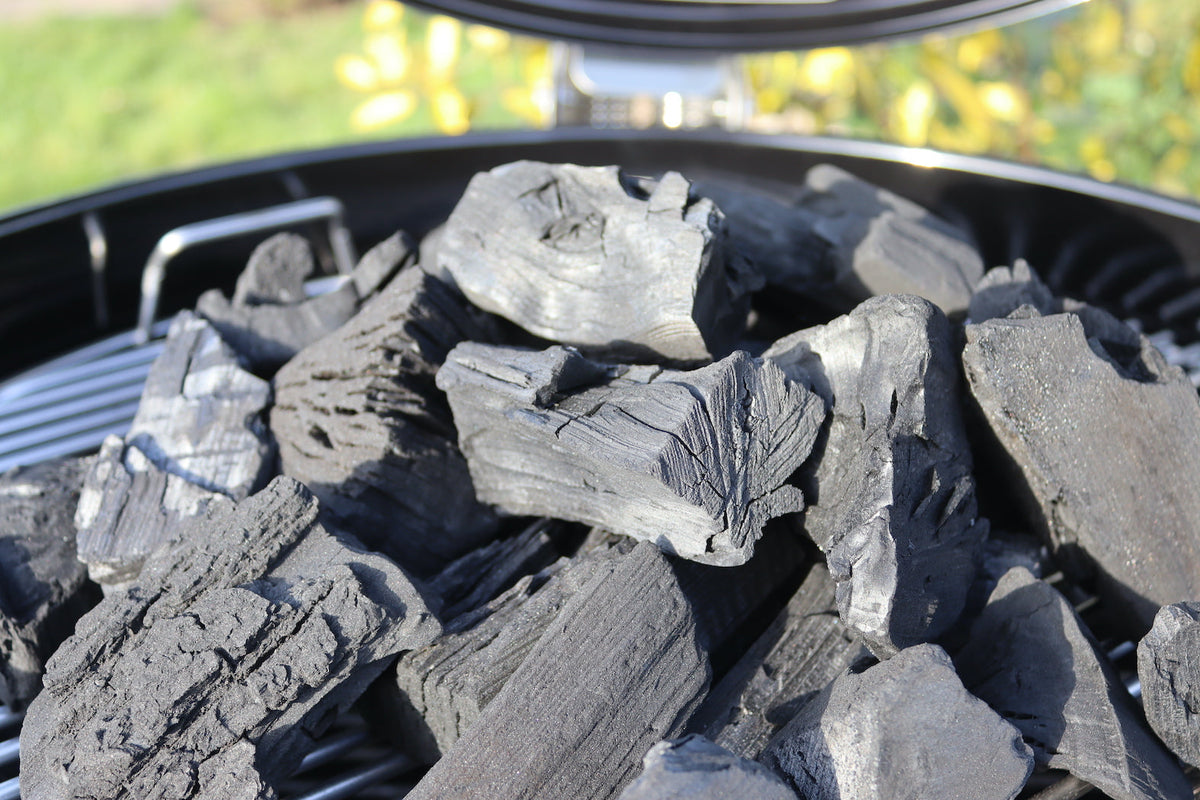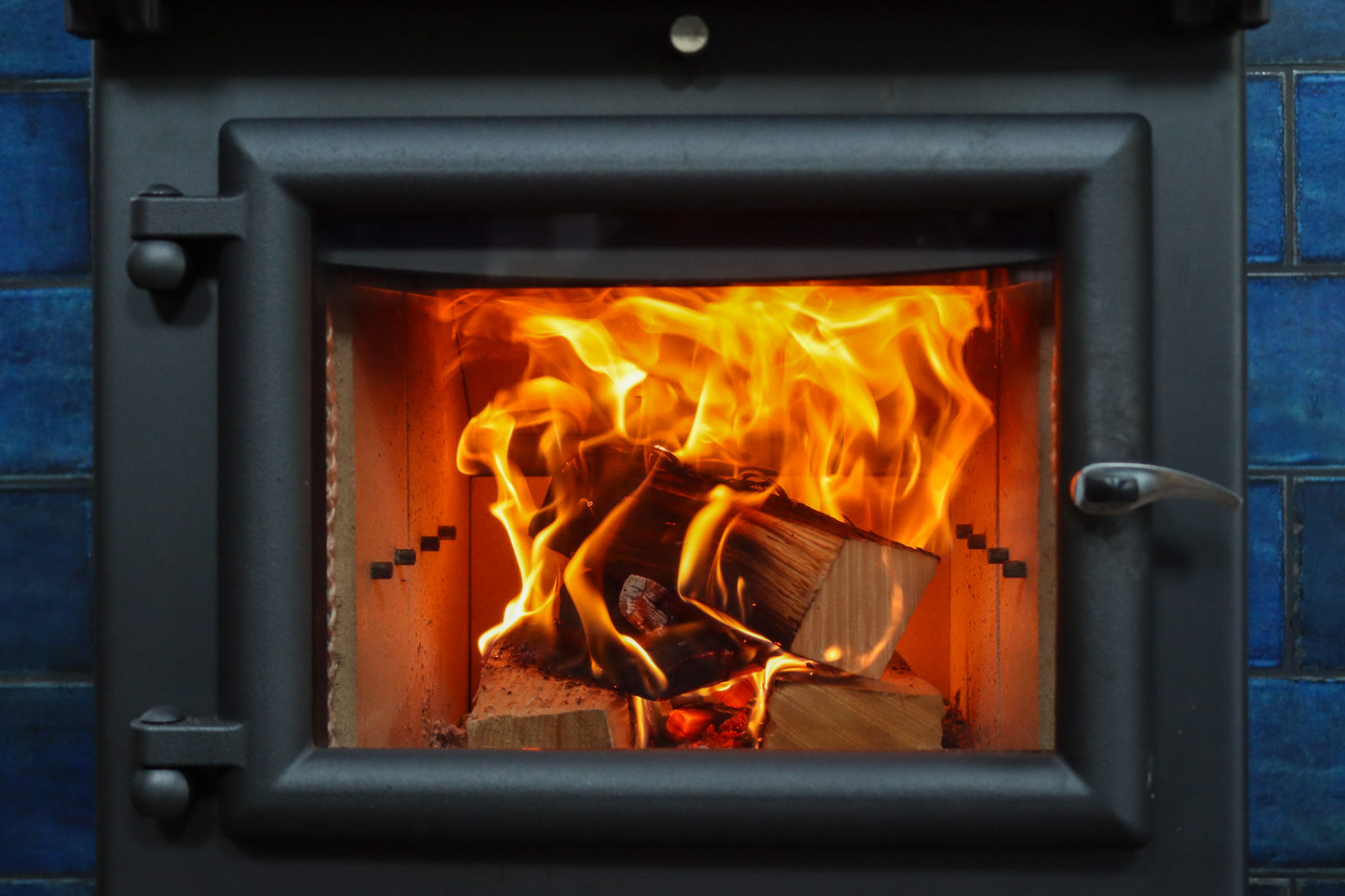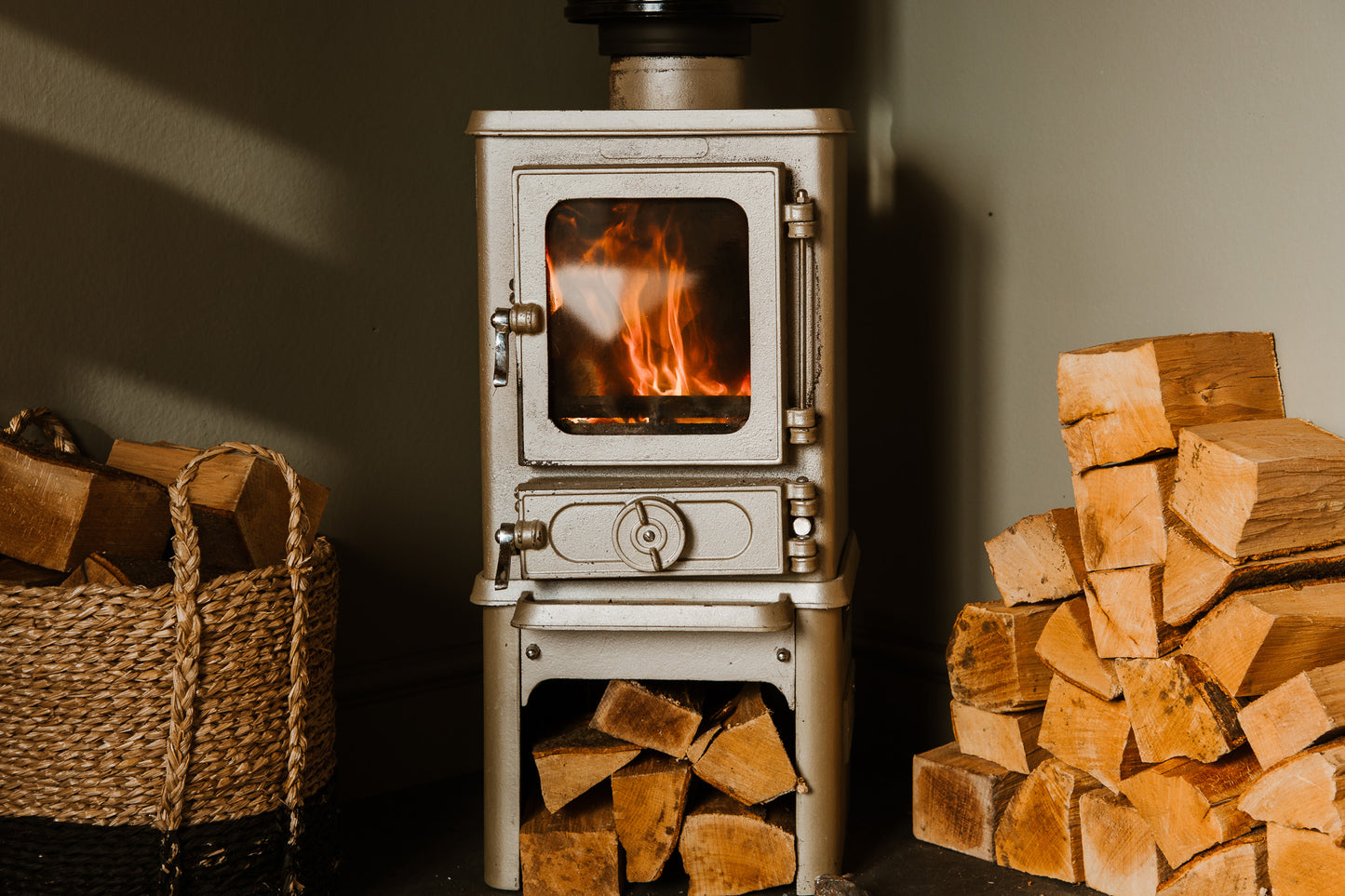

What is charcoal?
Charcoal is a black porous solid created by removing water and other elements from wood. While most of us know it can be used for cooking; charcoal and its powder form, biochar, actually have many uses. Charcoal is used in medicine as it neutralises toxic substances, and biochar is great for soil and can help with plant growth.
Let’s be honest though, we’re here to talk about cooking with charcoal, specifically lumpwood charcoal.
What is lumpwood charcoal?
Lumpwood charcoal is just what is says on the tin – lumps of wood which have been made into charcoal. It’s perfect for cooking at high temperatures, as it burns very hot for much longer than wood and gives out hardly any smoke.
Why should I use lumpwood charcoal?
Pure lumpwood charcoal doesn’t contain any additives or manufactured substances at all. Properly made lumpwood is 100% retort dried wood and doesn’t contain anything other than carbon and a small amount of ash. This means there will be very little smoke and ash left behind, it will smell pleasant and will impart only a subtle smoky flavour into your food.
There are plenty of charcoal briquettes and ‘instant light’ charcoals on the market which contain additives such as corn-starch to bind them together, or lighter fluid to get them going quickly. Whilst this makes them slightly easier to use as a beginner, they can impart the artificial taste into your food and give your barbecue a gassy smell.
How is lumpwood charcoal made?
Traditionally, charcoal was made by stacking wood logs in underground pits and covering them with sheet metal and dirt. The logs would be lit at one end and left to smoulder and smoke for a few days. Letting wood smoulder isn't good for air quality and this method could allow tar to soak into the ground, which wasn’t good for the soil.
However, these days there are much more efficient and environmentally friendly ways of creating charcoal. Our lumpwood charcoal is produced in a retort; a large barrel shaped kiln which converts wood into charcoal using a process called pyrolysis. A retort contains a chamber for the wood, and a separate ‘fire box’, allowing the wood to be heated indirectly to extremely high temperatures without being exposed to oxygen, so it never catches fire.

The wood is baked in the retort at over 500 degrees Celsius for about 8-9 hours. This process evaporates all of the moisture and other elements from the wood, leaving extremely dry lumps which are almost pure carbon. They’re left to cool for around 24 hours before they’re ready to be bagged.
The retort is a more environmentally friendly way of producing charcoal as it burns up to 95% of the smoke it produces rather than releasing particulates into the air like the traditional method. It also holds the tar in the bottom of the chamber, preventing pollution in the soil.
At Love Logs, our sustainable British charcoal is manufactured using the retort method by a few local producers using only sustainably sourced British wood, to reduce road miles and minimise the environmental impact of production.
Why should I buy British Charcoal?
Did you know that the UK imported an eye-watering $58million worth of charcoal in 2021? Did you know that most of that was imported from African or South American countries with no checks or certifications to suggest that it was taken sustainably?
Aside from adding thousands of road/sea/air miles, when you buy cheap, imported charcoal there is every chance it's been hacked from the rainforest, with no consideration for wildlife or replanting trees. As a general rule, if your charcoal producer doesn't proudly declare on the packaging where it's come from, that's probably because they don't want you to know.
In the UK, we have much stricter processes for properly managing woodlands. Sustainable forests are managed to simulate natural patterns of disturbance and regeneration, so carefully selected trees are removed for firewood/charcoal to create temporary gaps in the canopy that benefit the forest wildlife. Replacement trees are planted which balance out the carbon dioxide released by burning the felled trees, making the practice carbon neutral.
Since there is so much variation in the quality and species of woods in imported charcoal, it can be difficult to light and burn. So what solution did the charcoal producers come up with?
Cover it in chemicals of course!
Most imported charcoal has to be covered in lighter fluid so that it will light easily once you put a match to it. Doesn't that seem dangerous though, shipping lighter-fluid covered wood halfway across the world? Yes, so they put even more chemicals in it to make sure it doesn't spontaneously combust. No wonder imported charcoal gives off that appauling, artificial smell - why would you want to cook with that?
Truthfully, it's difficult to know exactly which chemicals are in which charcoals because there's so little transparency.
British charcoal tends to be chemical free (and our Love Logs charcoal is definitely 100% chemical free!) which means you don't need to wait for it to 'ash over', your cooking isn't tainted with disgusting smells and you can cook right on the coals.
What is restaurant grade charcoal?
Restaurant grade just means lumpwood charcoal with no additives. The professionals don’t want those artificial tastes being imparted into their food!
How to store lumpwood charcoal
Stored properly, lumpwood charcoal will last forever so it doesn't matter if you put it away for the winter.
The most important thing is to keep your lumpwood charcoal nice and dry so it doesn't absorb any moisture. We'd recommend keeping it off the floor and in the house if possible.
If you'd rather keep it in the garage or shed where there might be moisture in the air, it's best to get an airtight box or bag to protect it.
Found this useful?
We'd love it if you shared it with your fellow BBQ enthusiasts!




